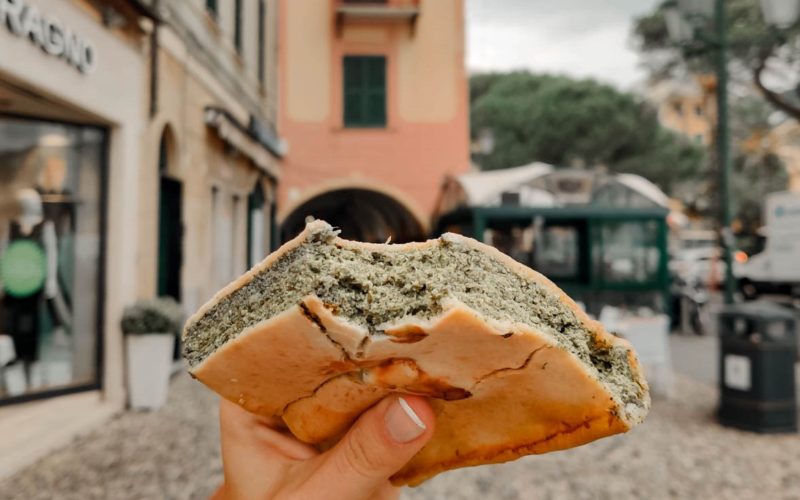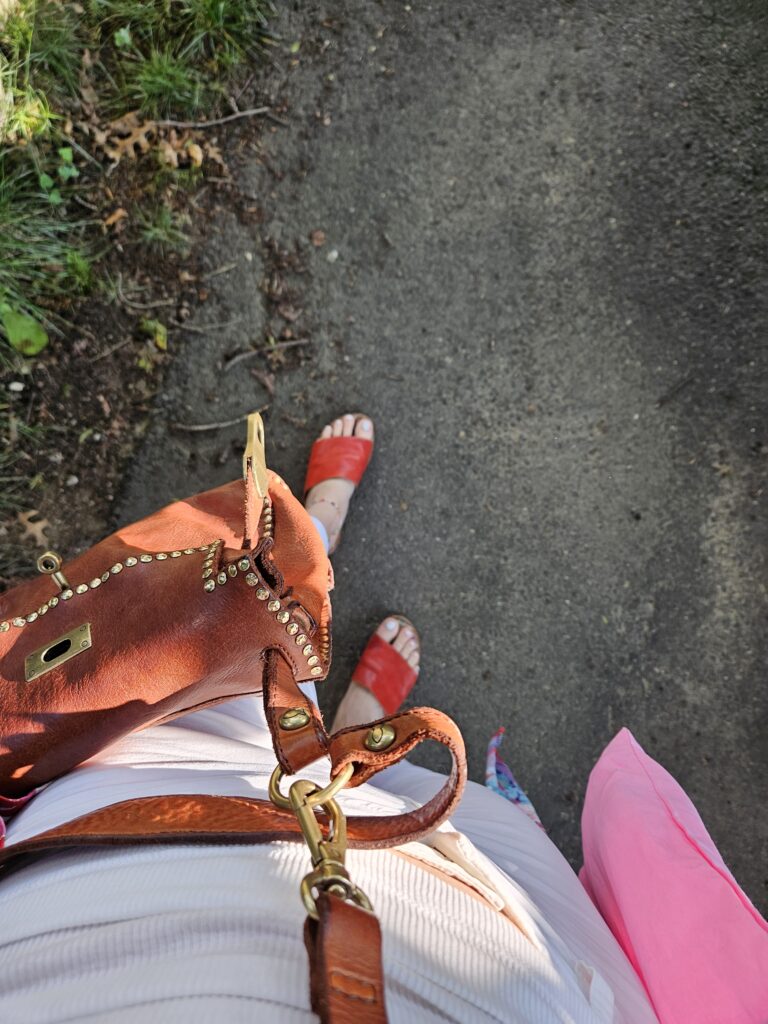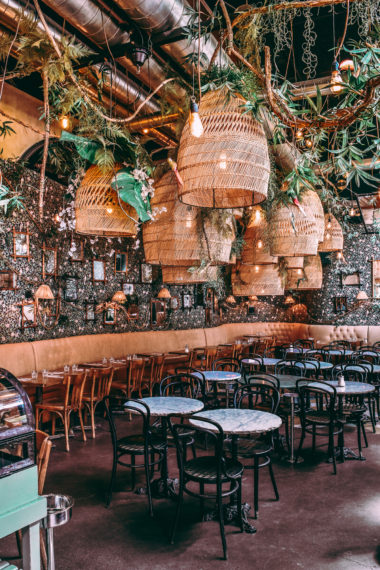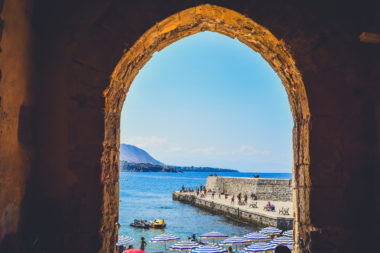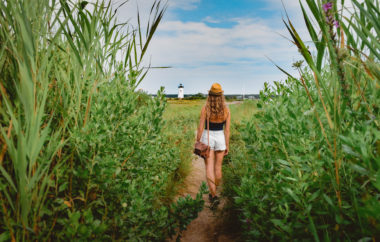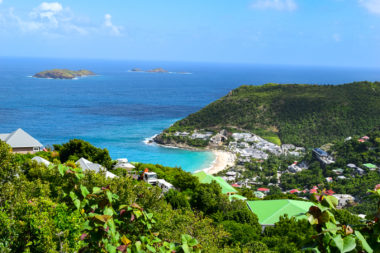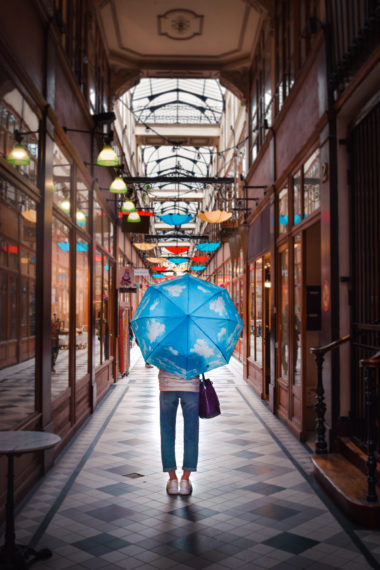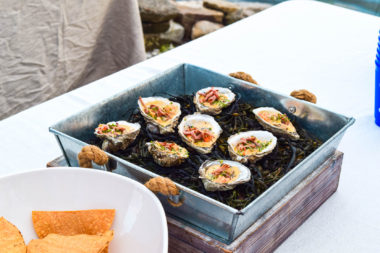Every village in Liguria offers something unique. Here are 6 things to do when in Santa Margherita Ligure, also just known as Santa, among Italians.
Quick Navigation: 6 Things to Do in Santa Margherita Ligure
My mother and I had departed by car from our home on Lake Maggiore earlier that morning. By 10AM we had reached Camogli located in Golfo Paradiso, right before the Cinque Terre area. We spent an hour or so exploring the village before continuing towards le Cinque Terre. Our goal was to reach La Sosta di Ottone III, our ground base for the next 2 days exploring Liguria and the Cinque Terre region, by early afternoon. To make the drive there more pleasant, we decided to stop by various villages in the Riviera di Levante area along the way. After Camogli, Santa Margherita Ligure, or just Santa as us Italians call it, was the next stop on our list.
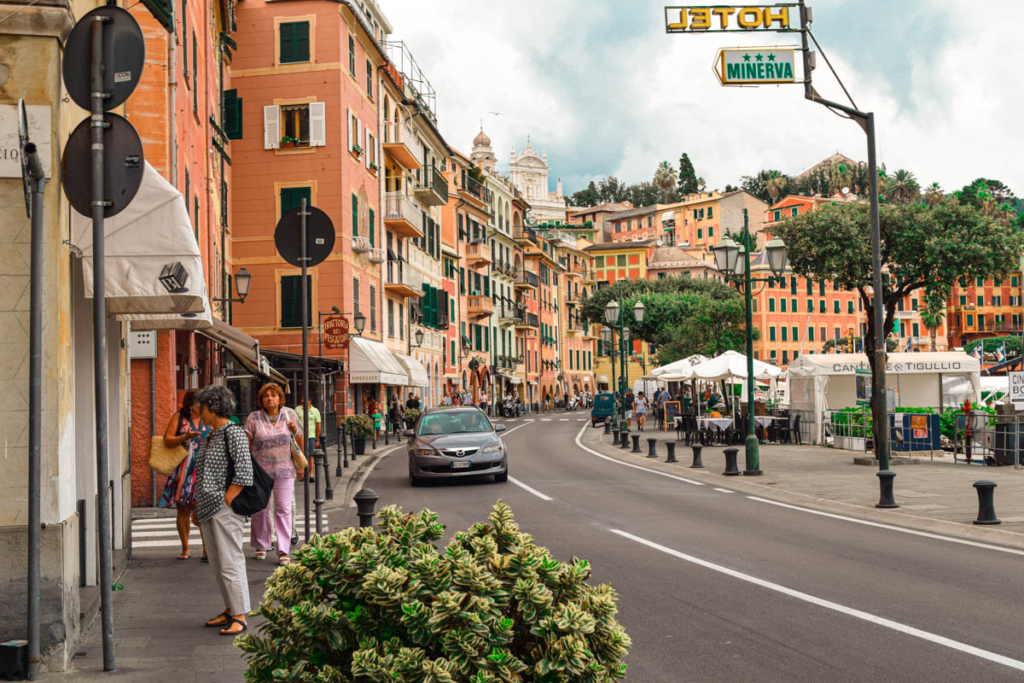
Palm trees line the harbor waterfront backed by pastel-painted houses that crawl up on a hill. I’m not going to lie, Santa Margherita was meant to be a quick stop and go on our trip. Our plan was to grab a bite for lunch, take a quick stroll and off to Portofino. The truth is, this town is used as a home base for people visiting the neighboring villages. But it has its slower, more quieter charm in a way…mixed with a sort of resort-esque feel. The luxurious and affluent villas are located at the top of the hill and look down at the center of town below where restaurants, pasticcerie, gelaterie, panifici, shops, and more line the harbor.
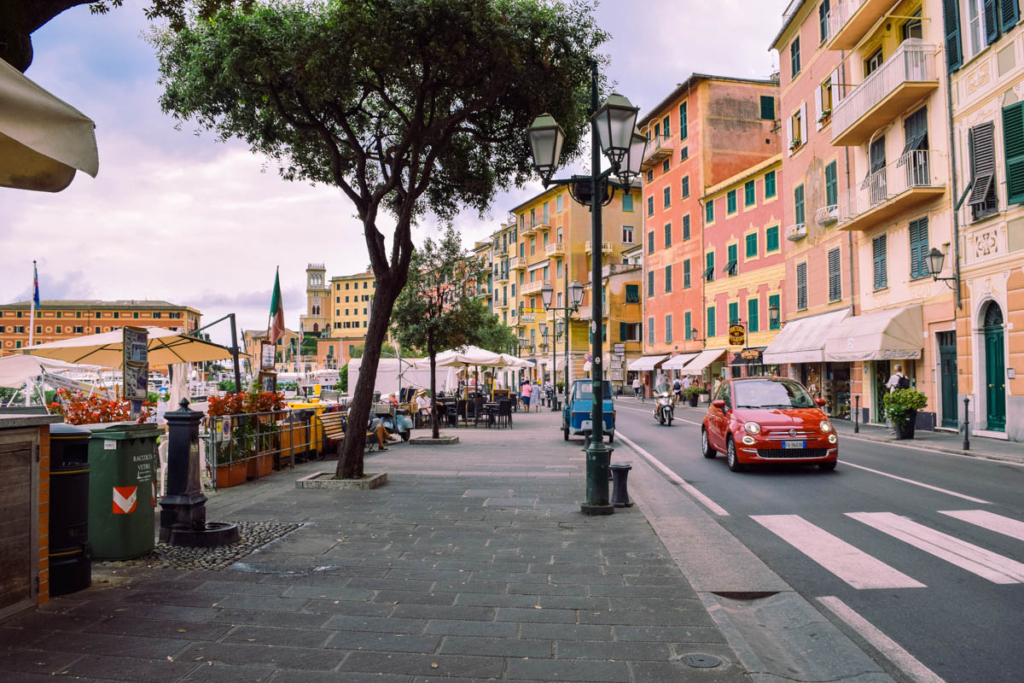
Santa Margherita Ligure is divided into 3 neighborhoods: Corte, the harbor and fishing area; San Siro, where agriculture used to take place; and Ghiaia, the naval shipyard and where, strangely, a lot of lace producers where located. During my hour in Santa Margherita Ligure, we focused on the Corte neighborhood. What makes Corte charming is that it really does still feel like it did in the 1600s. It’s deserted, quiet from tourism, simple in lifestyle, and is the true home of fishing boats. In fact every night there is a middle east-style fish market that takes place.
1. Shopping: Peperosa Resort&Leisure wear
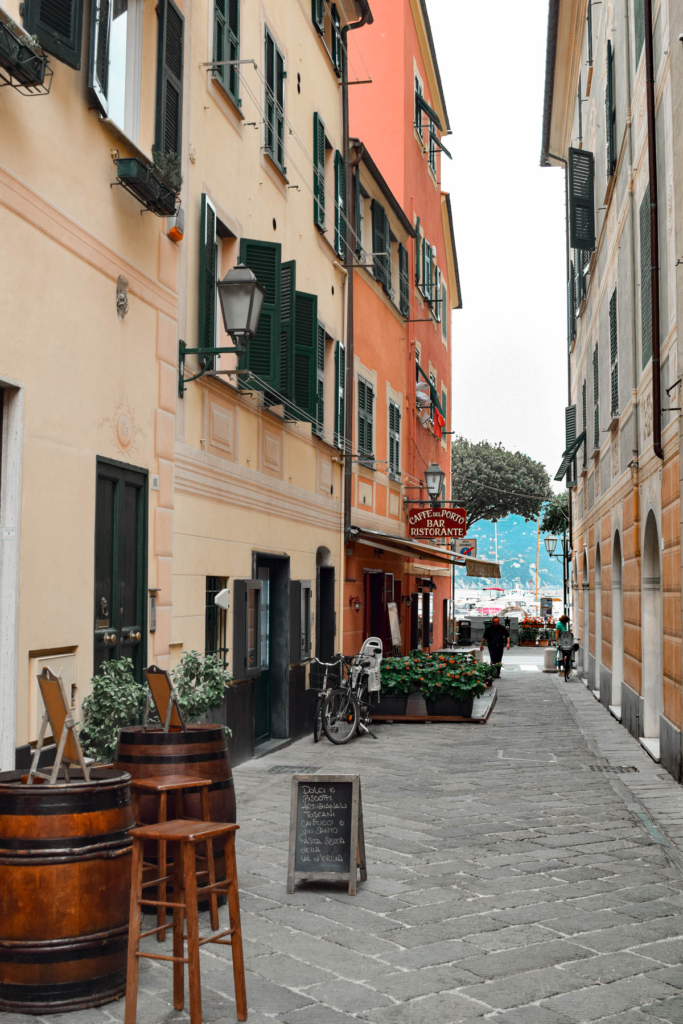
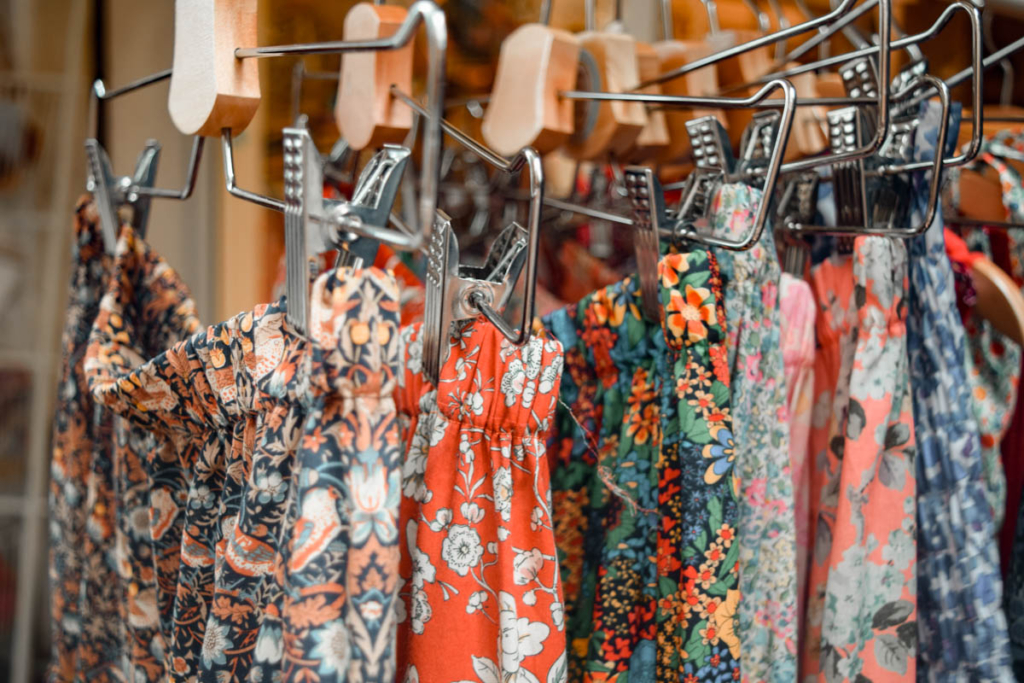
A small narrow cobblestone alley tugged at my heart strings, so I made a quick right off the harbor and down this narrow lane. A few outdoor bars and pubs brought character to the street. But what caught my attention was the burst of color at the end of the alley coming from a rack of skirts located outside a boutique store. The store was full of fun patterned summer apparel, funky, unique hats, and an interesting exquisite taste. It felt less touristy and main stream and well-thought out in terms of style. We browsed around before continuing in search of food.
2. Food: Panificio Fiordiponti
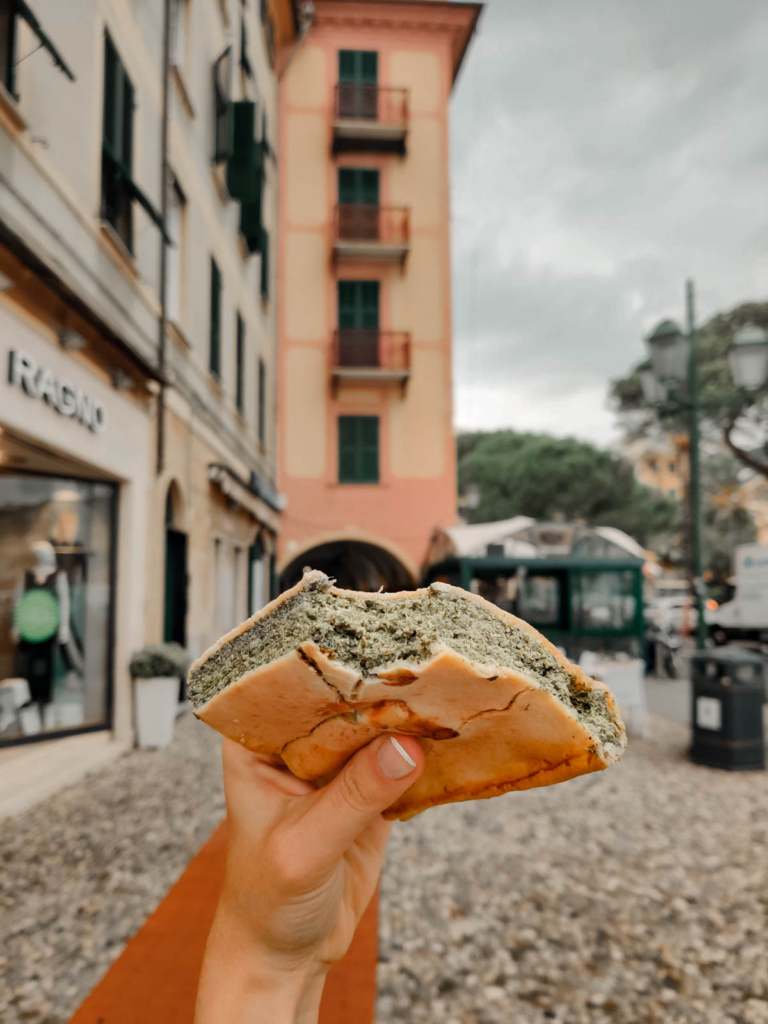
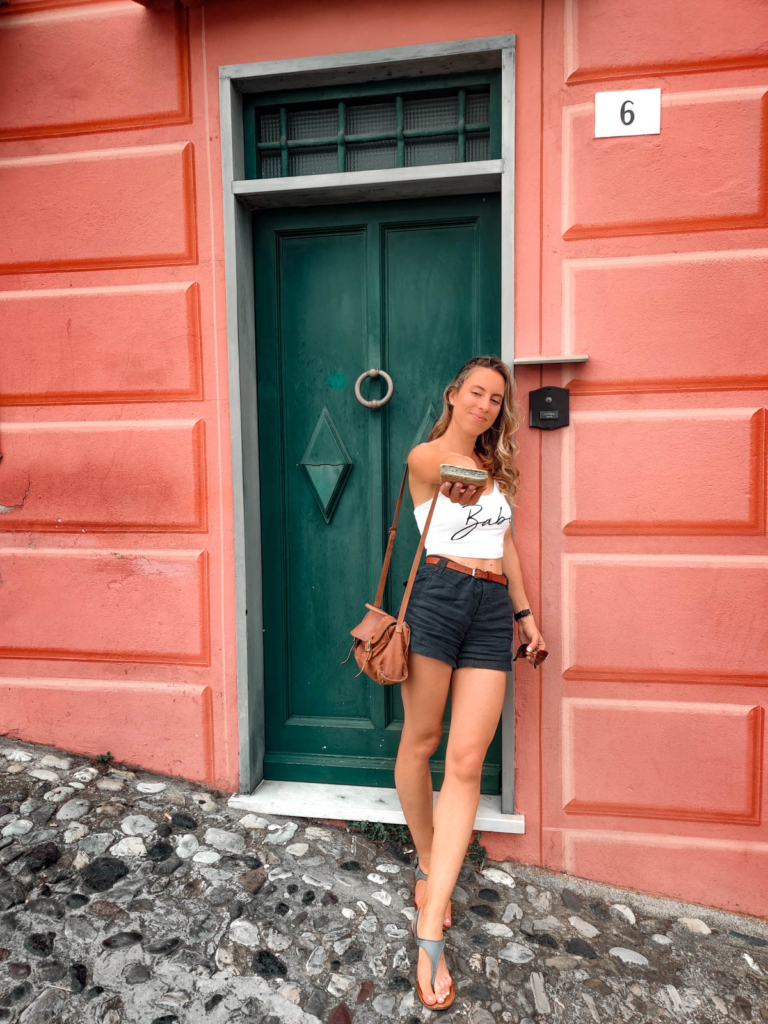
Not far from Peperosa Resort&Leisure wear was a panificio, or bread bakery. Rather than enjoy a sit down lunch, we decided to do a quick grab-and-go lunch in order to move along our itinerary. Panificio Fiordiponti was nestled off in this quiet side street away from tourists and locals were popping in and out with focaccie, pastries, and more. This panificio has become so popular among people for its genuine, authentic, and old school approach to antique Ligurian food and recipes, that they recently opened up a second location in Milan. We popped our head in and got two focaccie. A can’t miss! By far one of the best focaccie in Liguria, and I’m not the only Italian to say this.
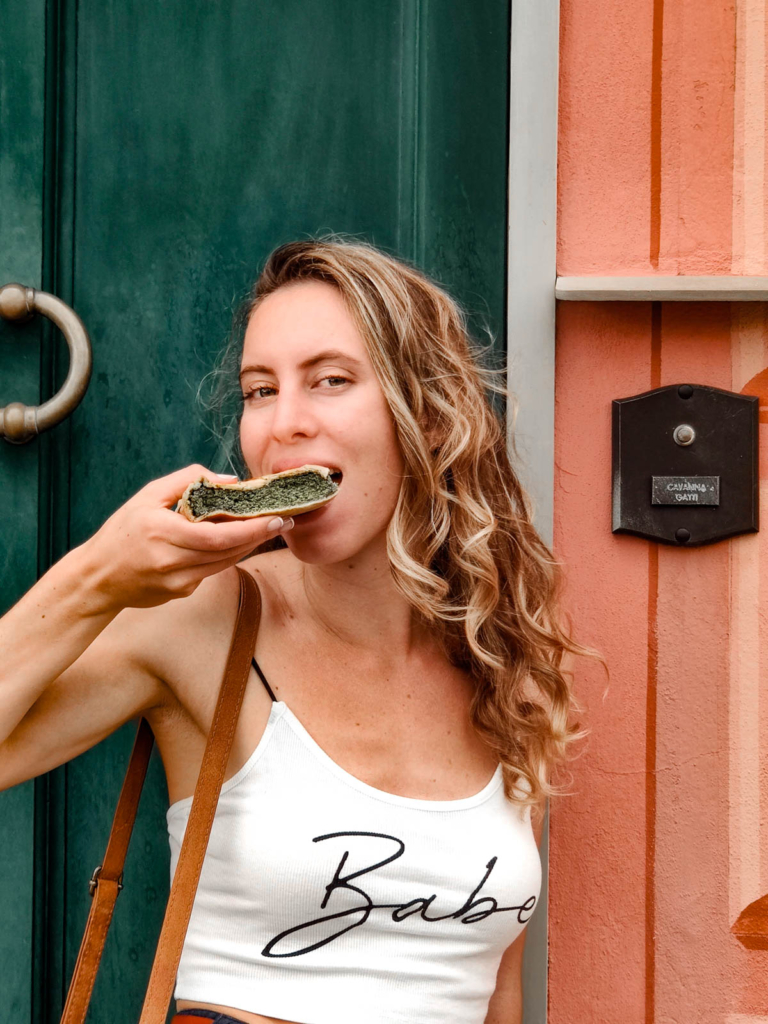
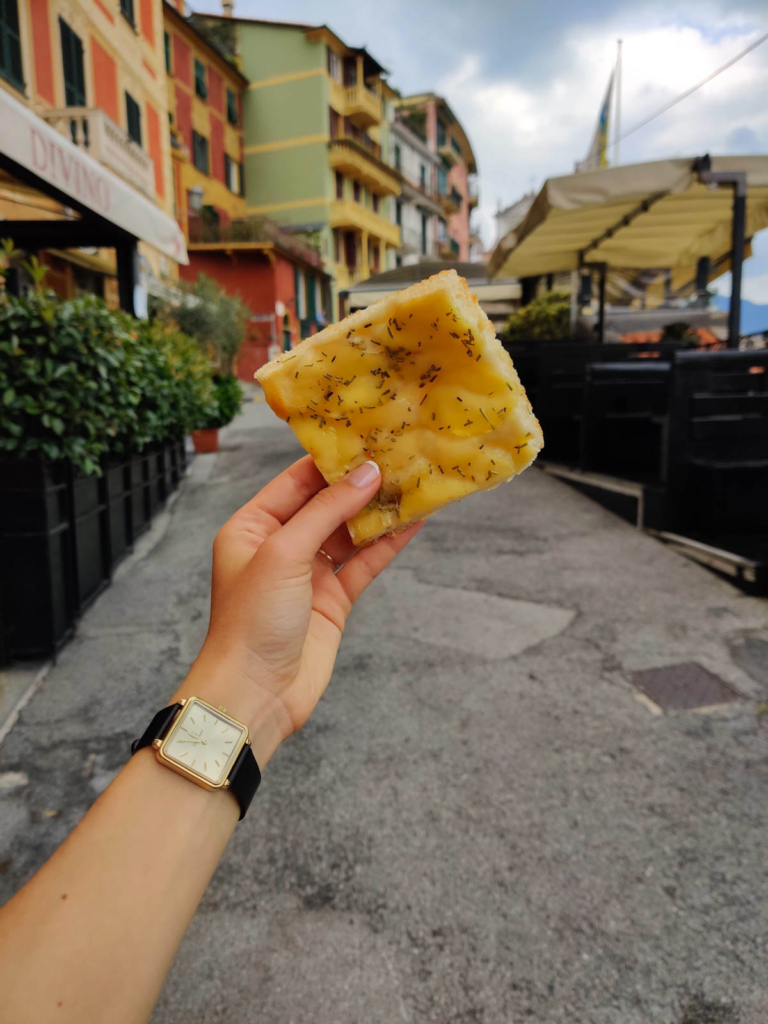
Ok Panificio Fiordiponti was so good, we had to go back for more. I was craving vegetables, so on our second round we grabbed two torte ai carciofi, or artichoke cakes, one of their many savory cakes. It looked and weighed like at on of bricks so I was a bit worried about going overboard, but it was cooked so well and to perfection that it didn’t bother my stomach at all. In fact it was a super light meal, so light that my mom and I headed down to grab an ice cream before leaving for Portofino.
3. What to Do: Oratorio di Sant’Erasmus
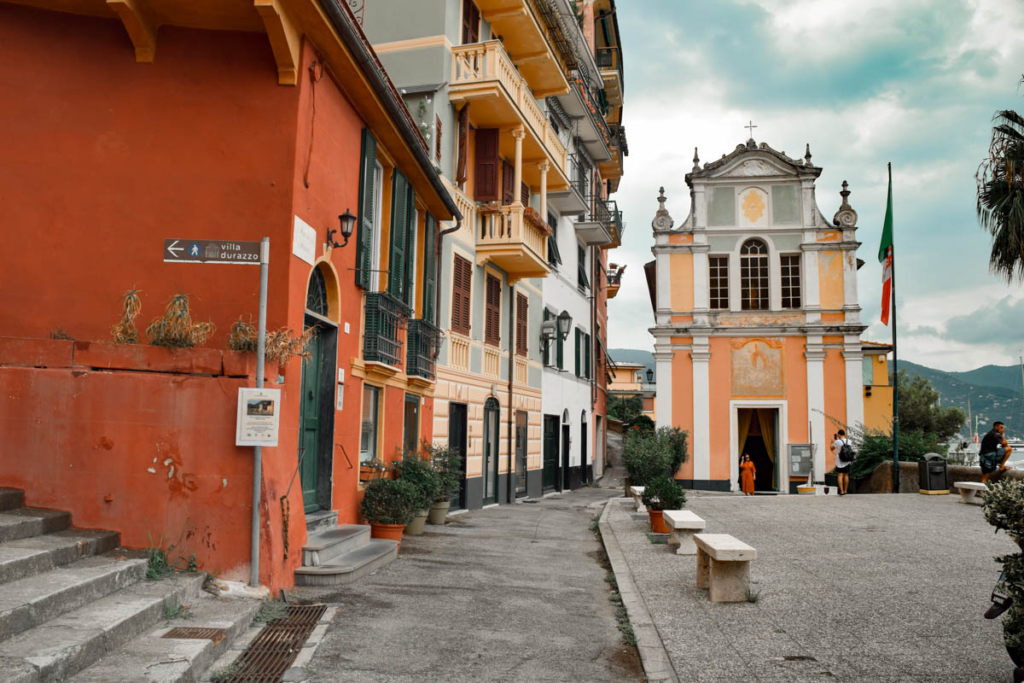
At the bottom of San Giacomo hill you will find the colorful and resorted church of Sant’Erasmus. Fishermen built it back in 1347. It has survived storms and time, still standing today. Erasmus is a Saint known as the protector of the men of the sea.In 1638 the fraternity of Sant’Erasmo was created that brought together fishermen, sailors, and carpenters. This fraternity would help the sick, poor, and took care of the dead. In 1674, this fraternity gave the baroque appearance we see today to the church. Inside you can still find precious corals and gems that fishermen would steal from the Greeks back in the day.
4. What to Do: Chiesa di San Giacomo & Villa Durazzo
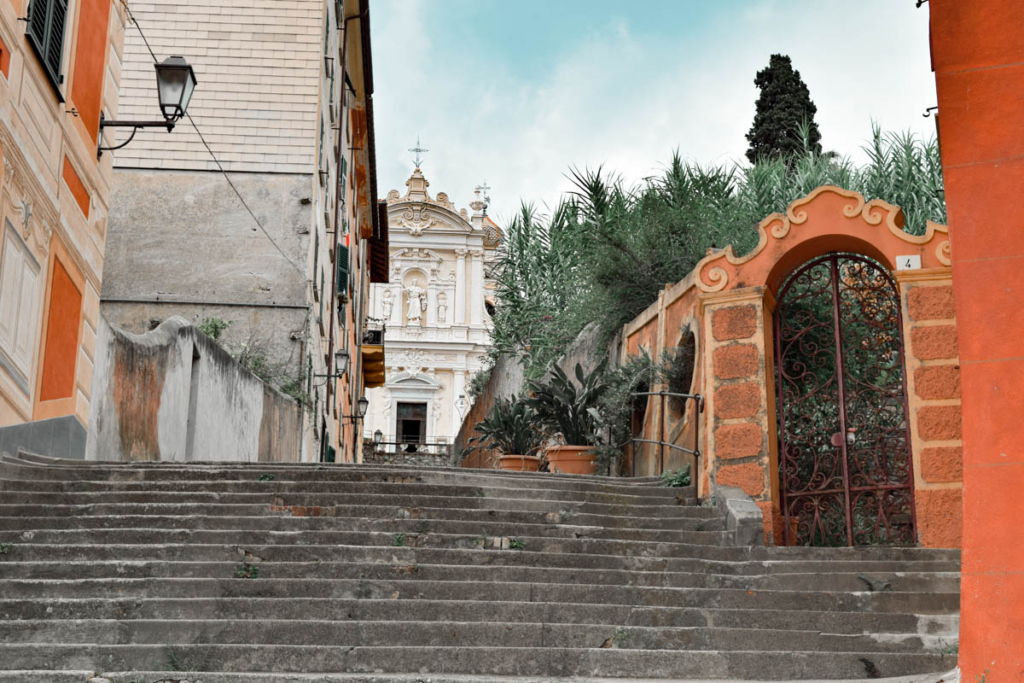
To the left of l’Oratorio di Sant’Erasmus, a long and arduous hill of steps leads you to the Chiesa di San Giacomo, or Church of Saint Giacomo. Inside the church is the famous wooden statue of the Madonna della Lettera. Legend has it that in 1783 there was a terrible earthquake in Messina and the statue of the Madonna that was in the port fell into the sea. 20 days later, that very same wooden statue washed up on the shores of Santa Margherita Ligure, where it resides today.
The Church is followed by the famous Villa Durazzo that overlooks the harbor. The villa and garden was home to the Durazzo family in the 17th century. It eventually was sold to the city of Santa Margherita Ligure and is now used as a museum and for events.
5. What to Do: Castello di Santa Margherita Ligure
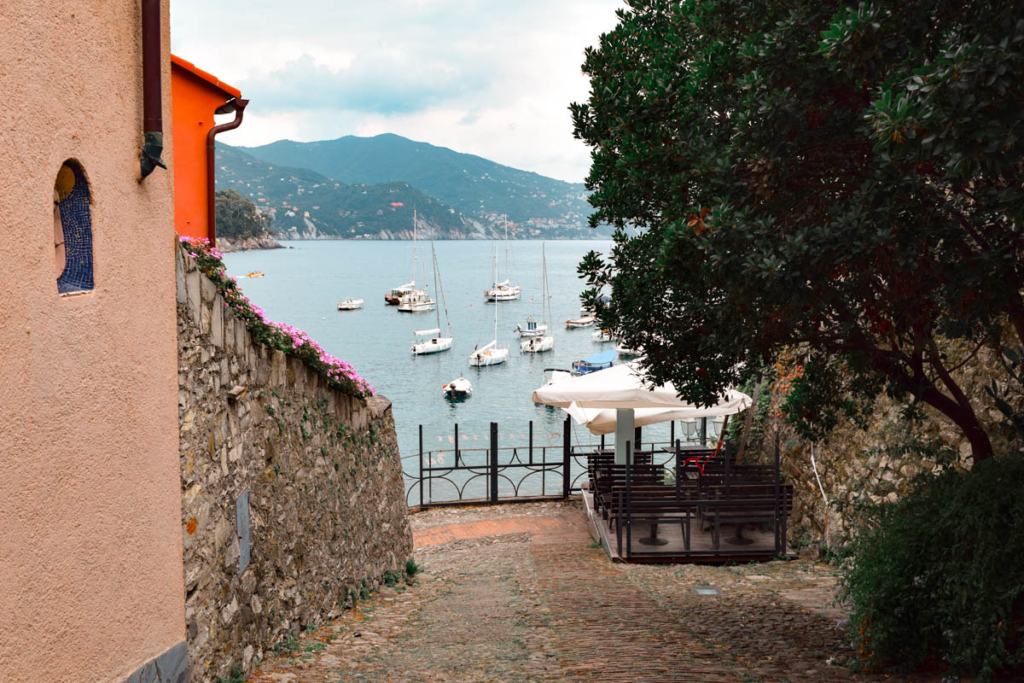
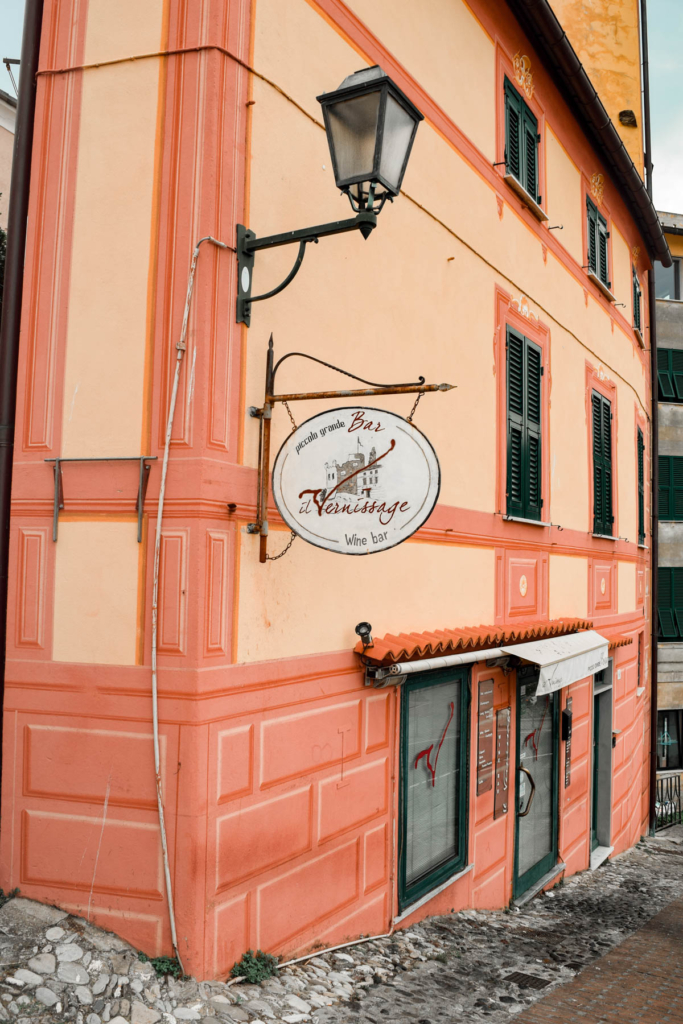
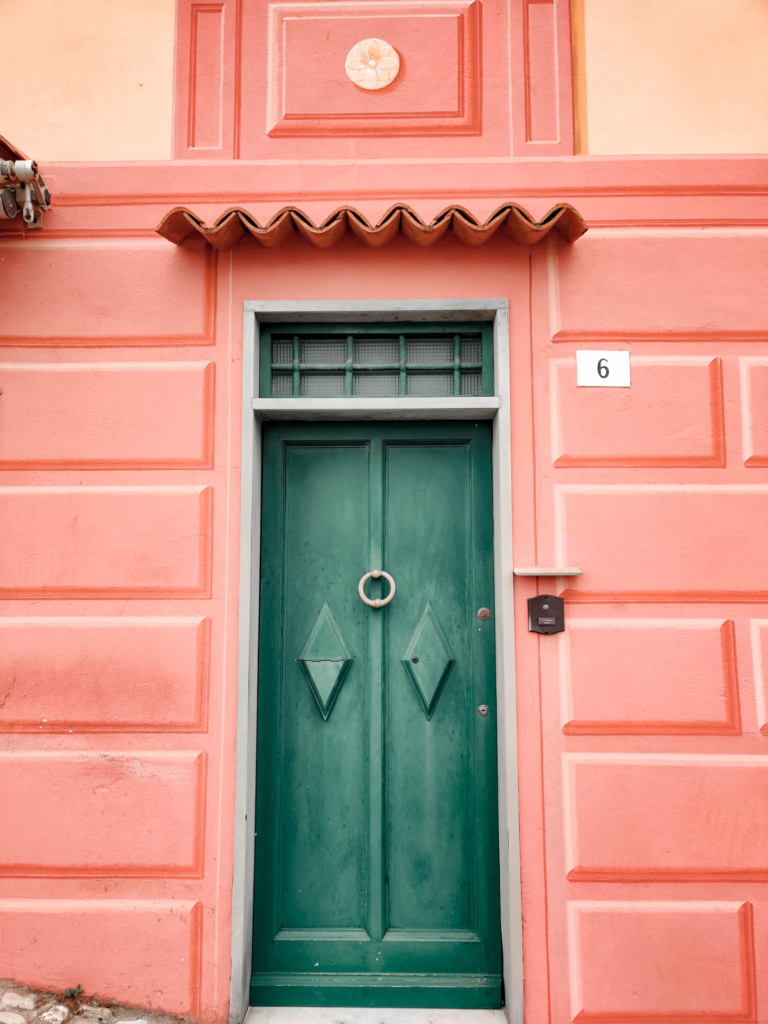
This castle was built in the 16th century to defend against pirates. Today it’s a symbol of the end of the great war. To be honest, what I found fascinating were the quaint colorful buildings surrounding the castle that brought some light to the somewhat gloomy castle.
6. Food: Bar Gelateria Simonetti
Unfortunately, my mom and I were so eager to eat our ice cream I completely forgot to take a picture. My bad! But know that it was the real thing when it came to gelato. You think that because you’re in Italy all gelato must be good and the same, well it’s not. Italians know real gelato when they taste it, and it’s not easy to come by. Real gelato isn’t heavy on the stomach and doesn’t leave you with a heavy creamy after taste for hours after having eaten it. Bar Gelateria Simonetti offers the real deal–artisanal ice cream made the same way since 1963, both classical and with a modern twist. What I mean by a modern twist is new and relevant flavors!
These are just a few of the important and unique things to do while exploring Liguria in Santa Margherita Ligure. If you have time, I recommend you add on a few additional stops such as the main square of Piazza Giuseppe Mazzini, the historical portal, and Paraggi bay a short walk from Santa Margherita Ligure’s town center. The key takeaway about Santa Margherita Ligure is that it doesn’t matter how long you stay, but how you enjoy and take in the marvelous architecture at every turn, which is a mix of medieval and modern Liguria.
Follow SVADORE on:
